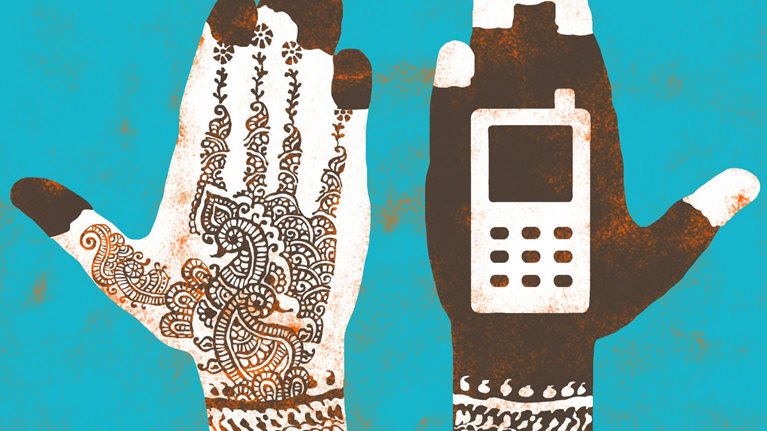India has about 120 million people online today—just 10 percent of its population. By 2015, however, there will be more than 330 million of them, making the country second only to China in the number of citizens using the Internet. That expansion offers India an opportunity to transform its Internet profile, to expand usage even beyond current projections, and to boost GDP substantially. But these things will happen only if a range of public- and private-sector stakeholders can put in place the right conditions, argues Online and upcoming: The Internet’s impact on India, a report from McKinsey’s technology, media, and telecommunications practice and the McKinsey Global Institute.
Despite India’s large current and future base of users, the Internet now contributes only modestly to GDP. Its citizens, like their peers in other developing countries, spend little money online, equivalent to only 1.6 percent of GDP in 2011, compared with 3.4 percent in developed nations (exhibit). Under the right circumstances, however, India could close that gap within three years, our analysis shows. Several advantages could help the country achieve this goal: the online behavior of its people is rapidly converging with that of users in more developed countries, and it has a well-established base of exports in information and communications technology.
India could more than triple its iGDP, to about $100 billion, by 2015.

Still, in India, private technology consumption makes a significantly smaller contribution to GDP than it does in most countries. If India’s information- and communications-technology expenditures were comparable to those of the developed world, the Internet’s contribution to GDP, including the impact on industries up- or downstream from the Internet industry itself, could triple.
As robust as this potential may be, India faces challenges to get ready for an aggressive ramping up of Internet adoption. Compared with 57 other countries—developed and developing alike, assessed on a broad range of macroeconomic and technical metrics—India ranks in the bottom quartile across a range of preconditions for Internet adoption: Internet penetration as a percentage of total population, median monthly cost of broadband Internet service, quality of Internet infrastructure, and the like.
To establish the preconditions for transforming the Internet into a much more dynamic engine of growth for India, a variety of stakeholders will need to collaborate on five key initiatives:
Extend Internet infrastructure beyond the tier-one cities, to semiurban and rural parts of India.
Make Internet access and usage less expensive.
Encourage large-scale digital literacy to promote user engagement.
Introduce Internet-based applications in all parts of the economy, including nontraditional areas, such as agriculture, education, energy, health care, and public utilities.
Create a favorable environment for Internet businesses, both to encourage start-ups and to scale existing companies.
This list of initiatives is by no means exhaustive. To make them succeed, three groups of stakeholders will need to collaborate: policy makers, to set the course and the legal framework; private enterprise, to improve the Internet’s infrastructure; and entrepreneurs, to deliver products and services for the next 350 million Indian Internet users.
Download the full report, Online and upcoming: The Internet’s impact on India (PDF−2.2MB).
